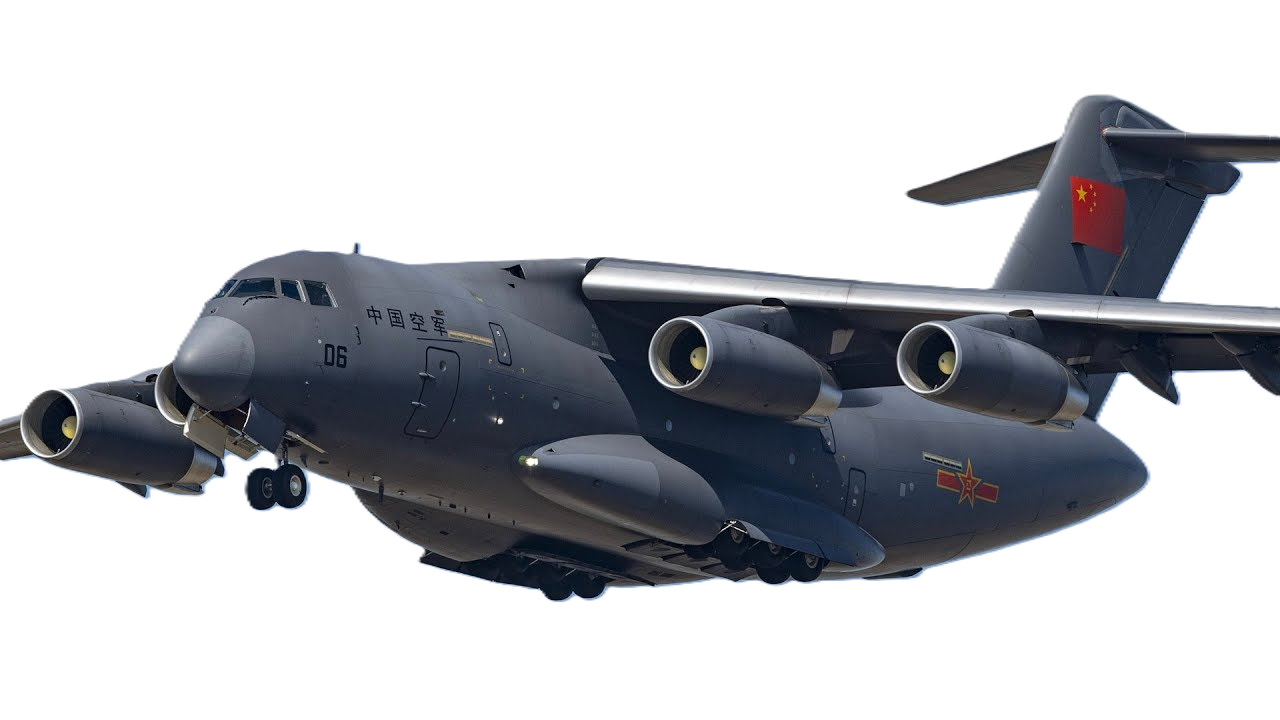JSC Kamov Design
Ka-60'Kasatka '
 |
|
| General information | |
|---|---|
| Type | Transport/utility helicopter |
| National origin | Russia |
| Manufacturer | Kamov |
| Number built | 2 |
| History | |
| First flight | 24 December 1998 |
|
|
|
|
|---|
.
History JSC Kamov Design Bureau
Kamov Ka-60 Killer Whale. NATO reporting name 'Orca'
-
Design

Characteristics
Flashback to 1984 when the Kasatka’s journey began. The USSR Armed Forces and Navy were heavily reliant on the aging Mi-8s, a product of the Mill Design Bureau from the early 60s. These helicopters were multi-purpose workhorses, yet their power was deemed excessive, and thus costly, for transporting modest loads of up to 2 tons. This task was handled by the Mi-4 helicopters, born in the early 1950s until they were phased out in 1979. The void left by the Mi-4 called for a new, versatile helicopter with a smaller payload capacity. Enter the Kasatka, a potential game-changer, ready to fill the shoes of the Mi-4.
Military
With a cargo capacity of 2-2.5 tons, it could hold 14 parachutists or 6 stretchers. Its crew size was two for efficient operation. The Ka-60’s cruise speed was 265 km/h and had a practical flight range of 700 km. It also had three suspension points for armament.

0
KmCeiling
0
KmMAX RANGE
0
Km.hAircraft Speed
0
Max Crew
Photo Gallery
JSC Kamov Design Bureau
Ka-60 Killer Whale. NATO reporting name 'Orca'


JSC Kamov Design Bureau
Ka-60 Killer Whale. NATO reporting name 'Orca'
General characteristics
- Crew: 1 or 2
-
Capacity: 12–15 passengers (Ka-62)
- 14 infantry troops or 6 stretchers
- Internal 2,000 kg (4,409 lb)
- External 2,500 kg (5,512 lb)
- Length: 15.6 m (51 ft 2 in) overall
- Height: 4.6 m (15 ft 1 in)
-
Powerplant
- Max takeoff weight: 6,500 kg
- Powerplant: 2 × Turbomeca Ardiden 3G turboshaft, (1,776 shp) each
- Main rotor diameter: 13.5 m
- Main rotor area: 143.1 m2
Specifications
- Maximum speed: 308 km/h
- Cruise speed: 290 km/h
- Range: 770 km
- Service ceiling: 5,700 m
- Hover ceiling: 3,300 m
Links to Youtube & Others
Russian Helicopters Will Have To Recertify Its New Kamov Ka-62 Medium Twin Aircraft After Replacing Western-Made Components. The New Modification Is Not In Line For Approval For Commercial Service Until 2025, Igor Panshin, The Company’s Director Of Commercial Sales, Said At The 13th Helicopter Forum.
Kamov Design Bureau
Kamov Ka-60 Kasatka
The Z-19 can primarily conduct attack, armed reconnaissance and scout missions. It is capable of destroying enemy tanks and other land-based targets.
Youtube Link
The helicopter has a length of 12m and height of approximately 4.01m. Maximum take-off weight is 4,500kg, whereas the empty weight is 2,350kg.










.png)


.png)